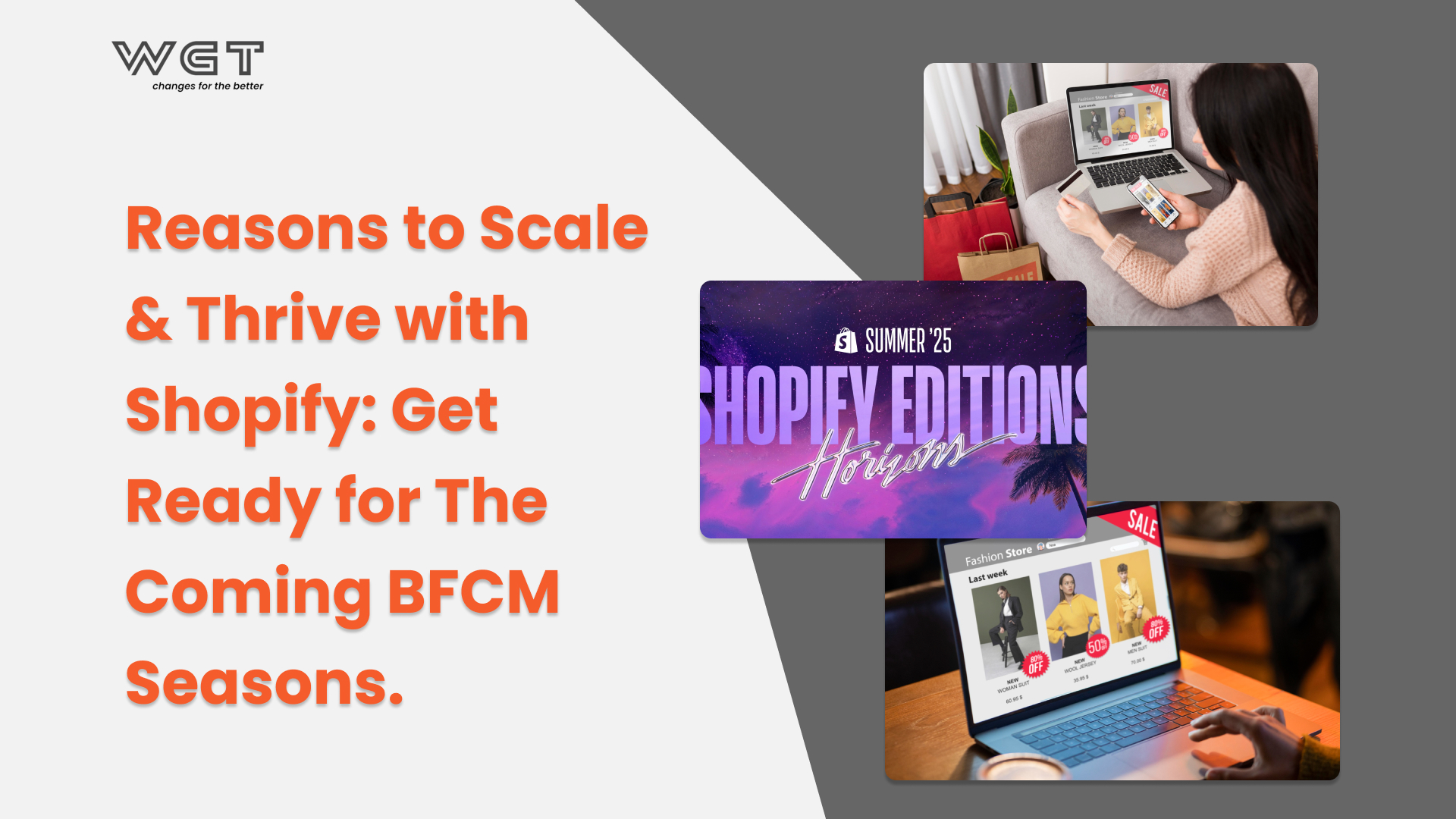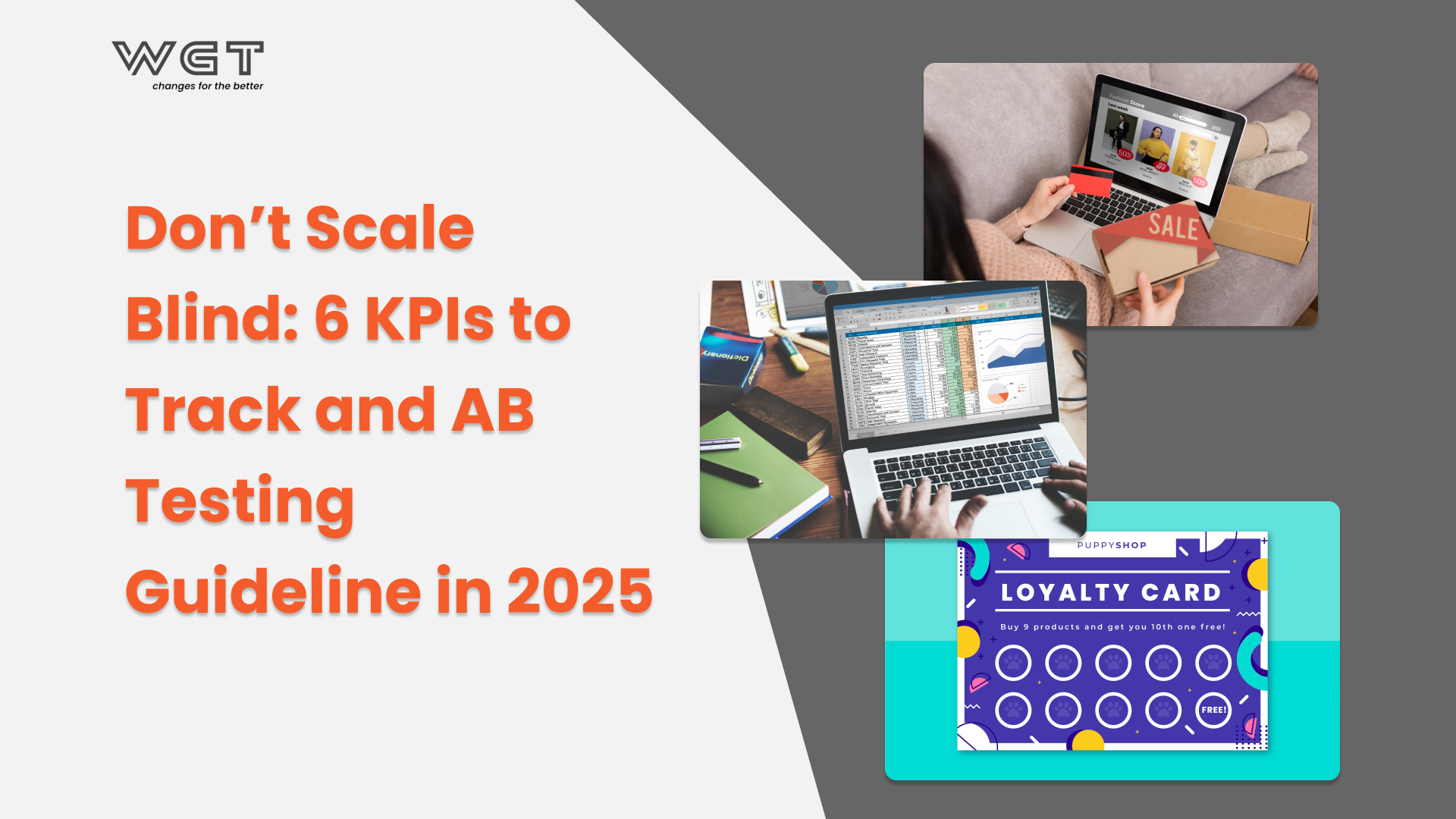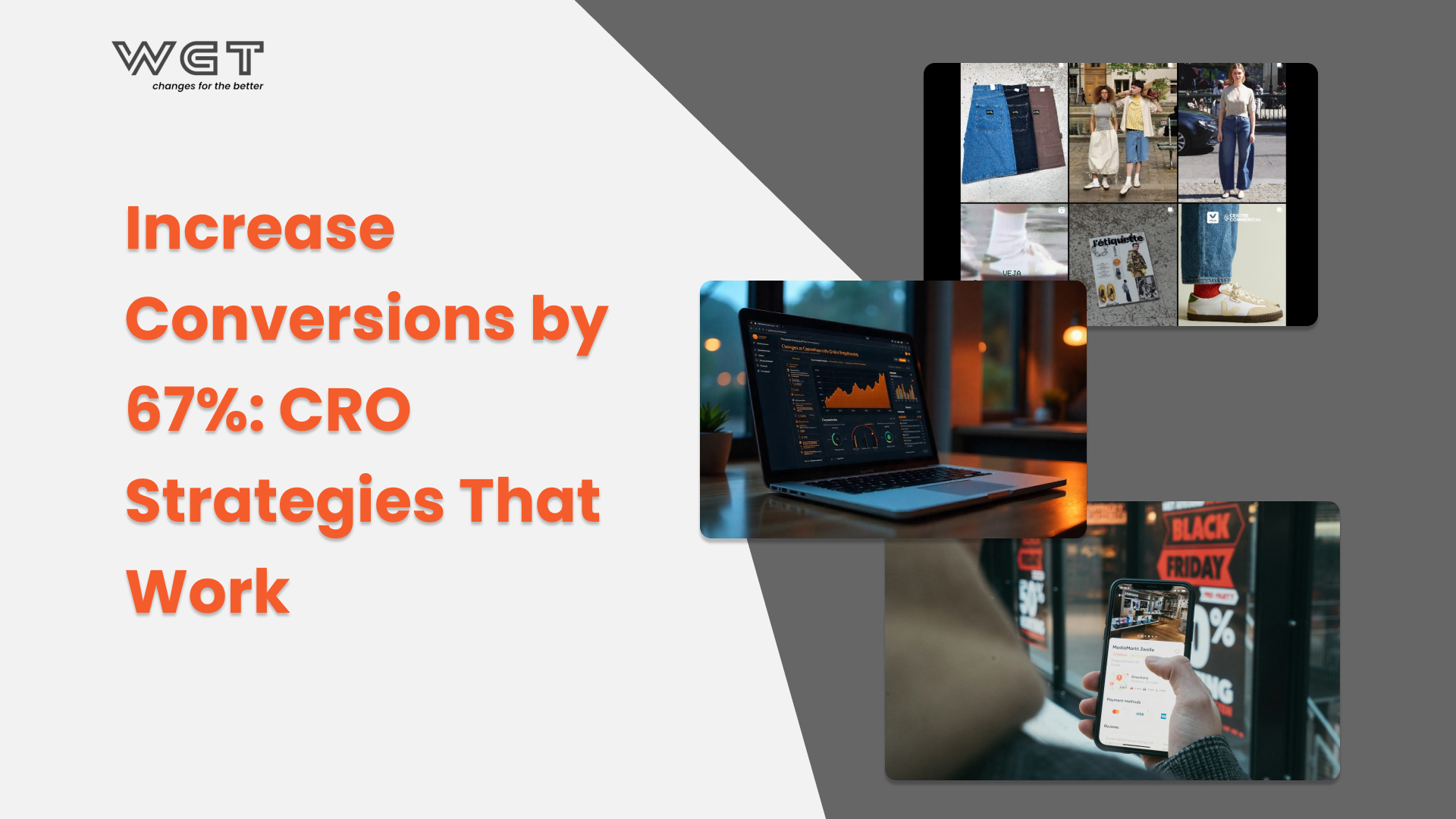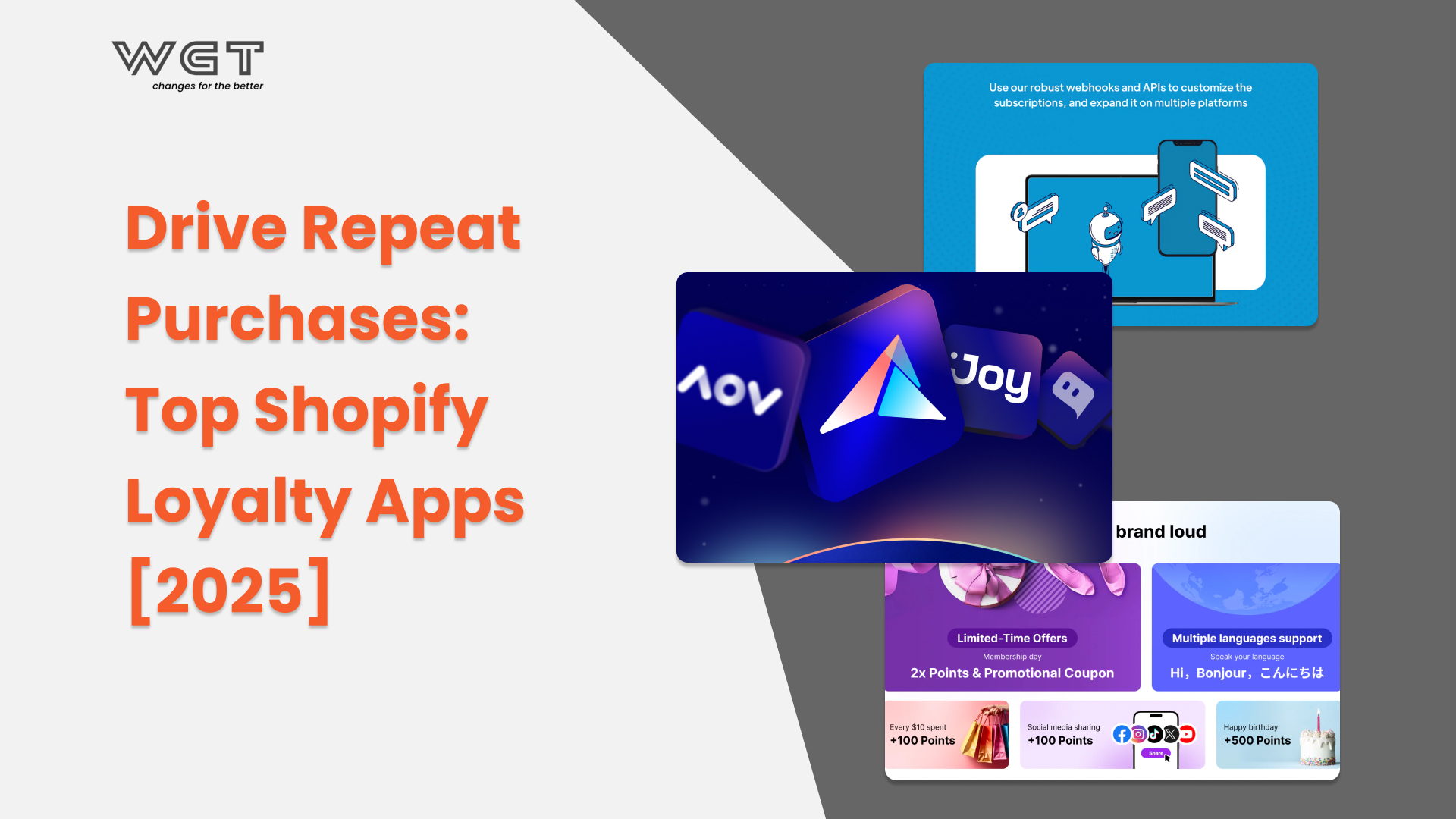
Just on January 31st, Shopify unveiled the latest iteration of Shopify Winter ’24, a biannual compilation of all the updates and enhancements implemented over the past six months. This latest edition showcases over 100 platform updates meticulously designed to facilitate the success of your business, bringing a treasure trove of new tools and enhancements designed to help merchants boost sales, streamline operations, and personalize the customer experience. Let’s dive into some of the highlights that can empower businesses to thrive in the coming year.
A. Product variation enhancement
1. Shopify Combined Listings
Before the introduction of Shopify Combined Listings, Shopify merchants faced the challenge of visually presenting all product variations within a single product listing. Developed specifically for Shopify Plus merchants, Shopify Combined Listings application enables them to consolidate various product variations into a single centralized product listing. With its features, each variation can have its image carousel, descriptive URL, and publishing controls. Eventually, it allows sellers to offer a single product listing where buyers can purchase different variations, accompanied by media galleries.
For example, if merchants sell shoes that come in three colors and ten sizes and each color is a separate product, they can create a combined listing that displays all three products on the same product page along with the ten sizes for each.
2. 2000 variants developer preview on Shopify Winter ’24
Shopify Winter ’24 to introduce the Variants developer preview, which grants trades the ability to utilize the GraphQL Admin API for creating and modifying products with an expanded variant capacity of up to 2000. This development is particularly beneficial for Shopify merchants with intricate product catalogs that involve numerous colorways, sizing options, and SKU variations. Now, managing and showcasing complex product options has become more accessible and efficient.

The updated classification system minimizes the amount of time and energy required by Shopify merchants when generating product listings. The product page now automatically applies standardized categories and category-specific product attributes (like color, age group, or size) across different variants so they don’t have to do it manually over and over, and can make the products more discoverable when they are published to social and marketplace channels.
B. Storefront performance
1. Semantic search
It enhances traditional keyword-based search functionality by incorporating semantic analysis to gain a deeper understanding of a customer’s search intent. Semantic Search feature leverages both textual and visual data from product listings to determine their relevance to the customer’s search query.
For instance, a customer is searching for “Christmas party shoes.” With Semantic Search on Shopify Winter ’24, the system can associate the search term with relevant attributes such as colors like green or red, commonly associated with Christmas, as well as shoe styles like pumps that are popular for party shoes. By employing Semantic Search, entrepreneurs can utilize more natural language and phrases in their searches, resulting in more accurate and comprehensive search results. Notably, Semantic Search is exclusively available for Shopify Plus merchants, providing them with a more refined and tailored search experience
2. Shopify Script
Accessing to Shopify Scripts and the Script Editor app is only for Shopify Plus merchants.
Effective from August 28, 2025, Shopify Scripts will be discontinued and will cease to function. Therefore, retailers are advised to migrate any existing Scripts to Shopify Functions before this date.
To enhance the average order value, Shopify Winter ’24 has expanded the maximum number of products that can be included in a bundle from 10 to 30. Shopify merchants who currently utilize Shopify Scripts can now leverage Shopify’s bundled offering to further optimize their sales. Selling bundles alongside Shopify Scripts that have been published in stores is no longer a problem.
Before implementing bundles, it is important to consider the following factors:
– Bundles are fully supported by shipping and payment scripts, ensuring compatibility between them.
– Line item scripts function as usual with non-bundle line items. However, they only apply to bundle line items for read-only methods, and mutating line item methods do not affect bundle line items.
– Bundle components cannot be accessed within the cart, but bundle line items are visible and can be processed using cart methods.
By default, Shopify Scripts apply to bundles, except for line item scripts. If users prefer not to apply scripts to bundles in-store, they can update scripts to filter out products using methods such as variant, product, or line item methods.
3. Order drafting on Shopify Winter ’24
When a customer places an order on another platform, sellers need to update the information and generate a draft order to input customer details and select products, then send an invoice to the customer, collect payment, or establish payment terms. Upon successful payment or the setting of payment terms, the draft order will be automatically converted into a finalized order, which will then be listed on the Orders page within the admin.
Draft orders offer numerous benefits in various scenarios, including:
– Creating orders to accept payments for phone, in-person, or email orders at a later time.
– Sending invoices to customers with secure checkout links for payment.
– Utilizing custom items to account for additional costs or products that may not be listed in the inventory.
– Manually recreating orders from any active sales channel.
– Selling products at discounted or wholesale rates.
4. Dashboard
Beginning January 31, 2024, Shopify Winter ’24 unveiled a new web performance dashboard specifically designed for Liquid storefronts. This dashboard, accessible through the Online Store -> Themes page, offers an invaluable opportunity to review and optimize the real user experience of an online store, including speed, stability, and interactivity.
To replace the previous Speed Score, Google has introduced Core Web Vitals as a means to measure and enhance user experience. These metrics provide a standardized approach to measuring and optimizing user experience, utilizing real user data for a more accurate representation of performance. Achieving strong scores in web vitals not only contributes to improved SEO results but also leads to higher conversion rates.
With the introduction of the new performance dashboard, Shopify retailers can now leverage real user data and Google’s Core Web Vitals to elevate their website’s performance. Bid farewell to vague metrics and welcome actionable insights that enhance buyers’ overall experience.
C. Checkout updates on Shopify Winter ’24
1. One-page checkout
With the publishment of the Shopify Winter ’24, Shopify Checkout has become even more adaptable and robust. It currently supports 10% of the e-commerce market share in the United States and enjoys the confidence of famous brands. Interestingly, its conversion surpasses Big Commerce, Magento, and Salesforce Commerce Cloud by 15% on average.
The checkout process has been streamlined from three pages to a single page, resulting in an average reduction of 4 seconds in buyer’s completion time. Shopify Winter ’24 also introduces 14 new APIs and updates that offer extensive customization options for Shopify’s checkout. With the help of these changes, integration with over 90 new apps is now possible, opening up a wealth of useful features like conversion monitoring, post-purchase surveys, loyalty programs, upsells, and personalized content.
The Sheet Kit is specifically designed to preserve all customizations made to a store on mobile apps, ensuring that the unique identity and design of the store are maintained throughout the checkout process. Additionally, Shopify Checkout incorporates platform idiomatic defaults, such as support for light and dark modes, to deliver a seamless and visually appealing experience. Developers are provided with APIs that allow them to embed the checkout, customize its appearance and behavior, and track its lifecycle on both iOS and Android devices.
2. Shop Pay
Shopify Winter ’24 introduces Shop Pay Installments Purchasing Power feature to supercharge the enterprise checkout experience, which enables customers to view estimated loan amounts directly on the product page therefore providing them with increased confidence during their purchase journey. This payment gateway can also be integrated with any checkout system, allowing non-Shopify brands like Everlane to incorporate Shop Pay into their checkout process. Notably, Shop Pay is currently only available for sellers based in certain countries, including USA, Canada, Germany, Japan, Singapore, Sweden, Spain, etc.
D. Function updates
Shopify merchants can now create professional product photos with new AI-enabled image editing features along with generating, matching, or removing the background of existing images with just a few clicks or keywords utilizing the following functions.
1. Media Editor
Creating an online store involves a large number of high-quality media assets, each of which can take weeks to prepare and hundreds of dollars to manufacture. However, that is not a barrier for Shopify users anymore as clients now may rapidly and freely apply generative AI to DIY product photos using Media Editor. With a few clicks or keywords and no design experience, it’s easy to create original photos and alterations of a professional caliber. Users will soon be able to improve details and remove unnecessary pixels from low-resolution (up to 4K) images.
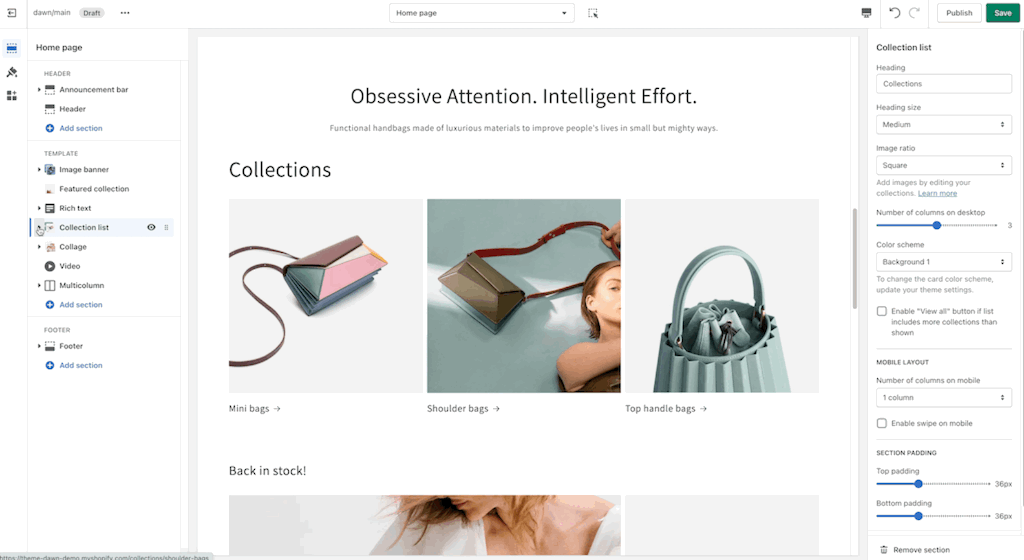
2. Sidekick
Sidekick, the most practical AI-enabled commerce assistant in the world, enables Shopify retailers to leverage AI to boost output, enhance workflows, make more informed choices, and cut down spending time on administrative duties. A small group of retailers have been given early access to Sidekick as part of Shopify Winter ’24. Other sellers will be notified when the feature is complete and available to use.
E. B2B Wholesale on Shopify Plus
Unlock unparalleled flexibility and customization with headless B2B storefronts, enabling sellers to create distinct experiences and leverage preferred technology stack. Shopify Plus agency can build and seamlessly integrate B2B checkouts and harness the power of the Storefront API, Customer Accounts API, and developer tools to access personalized products and pricing.
Notably, Shopify Plus businesses can now create exclusive promotional discounts for their B2B customers using third-party or custom apps powered by Shopify Functions. These apps enable them to apply additional discounts on top of the customer-specific wholesale prices assigned in Catalogs. This powerful functionality allows them to provide targeted and tailored discounts to your B2B customers, enhancing their purchasing experience and driving increased sales.
F. Hydrogen deployment on Shopify Winter ’24
The performance is optimized with the Subrequest Profiler, which allows users to gain comprehensive insights into the performance of queries. By analyzing the data, they can identify and eliminate request waterfalls or cache misses, ensuring a highly efficient and responsive system.
Troubleshooting errors also becomes a breeze with the Hydrogen channel. Shopify merchants can easily pinpoint the root cause of an error with just one click and integrate source maps to view and analyze the error directly in the browser. This smooth approach saves time and enables faster resolution of issues.
In addition, Hydrogen on Shopify Winter ’24 can deploy applications with confidence using convenient deployment options. Either deploying from the Command Line Interface (CLI) using h2 deploy or integrating with a preferred CI/CD system, its platform supports both methods. It catches bugs before they make their way to production with improved support for automated end-to-end testing on any platform.
G. Dev tools and Store copy on Shopify Winter ’24
1. Shopify CLI
Shopify CLI simplifies the app configuration process with declarative configuration. Now, app configuration is tied to specific app versions, allowing business owners to easily roll back changes if needed. With the command Shopify app deploy, developers can release app configuration and all of the app extensions with just a single command. This streamlined approach makes managing app versions and configurations much more efficient.
2. Shopify functions
Shopify Functions offer enhanced performance, with the ability to handle billions of requests, making it suitable for businesses of any size. The execution latency has also been noticeably reduced, resulting in a significant improvement in overall speed by up to 57%. By incorporating custom logic into workflows, Shopify Functions provides merchants with increased flexibility and control over their operations.
3. Metafields
With Metafield on Shopify Winter ’24, merchants are eligible to enjoy faster interactions through improved API performance. Reads are now 1.5 times faster, and writes are twice as quick. Shopify merchants can easily interact with it using default namespaces in the Storefront and Admin APIs. Additionally, they have greater control over data with access grants, allowing management permissions for individual API clients
4. GraphQL
Accessing the GraphQL Admin API is more efficient due to improving the app’s latency and performance by making GraphQL queries directly from the embedded app’s front end using the direct API access support for App Bridge. This enables a simpler and faster way to interact with the GraphQL Admin API and enhances the overall user experience.
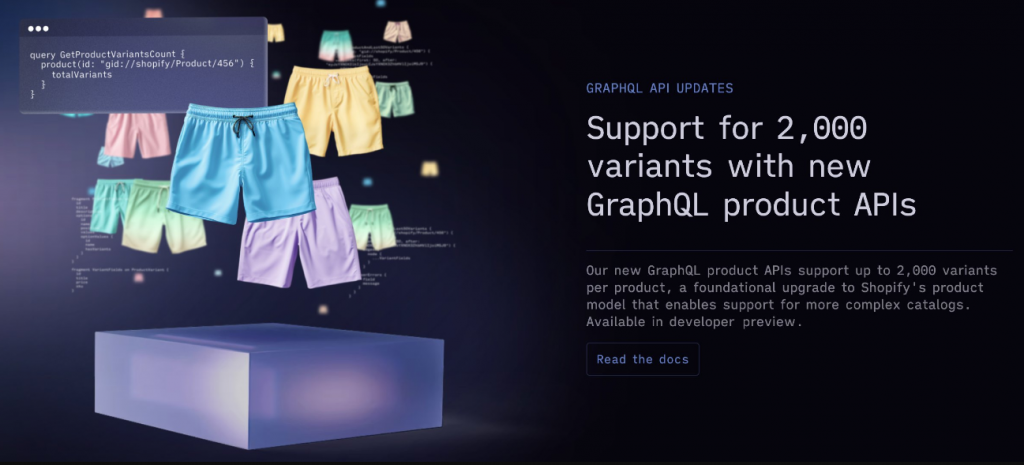
Conclusion
To put it briefly, the Shopify Winter ’24 is revolutionary, and we at Wgentech are excited to help merchants take advantage of these improvements. It’s important to note that Shopify Plus is tailored for high-volume merchants who require advanced features and customization and whose annual revenue is over $1 million. Please get in touch with us if you have any additional queries, require any help with the design or construction of a Shopify website, or would just like to go over the project in greater detail.




